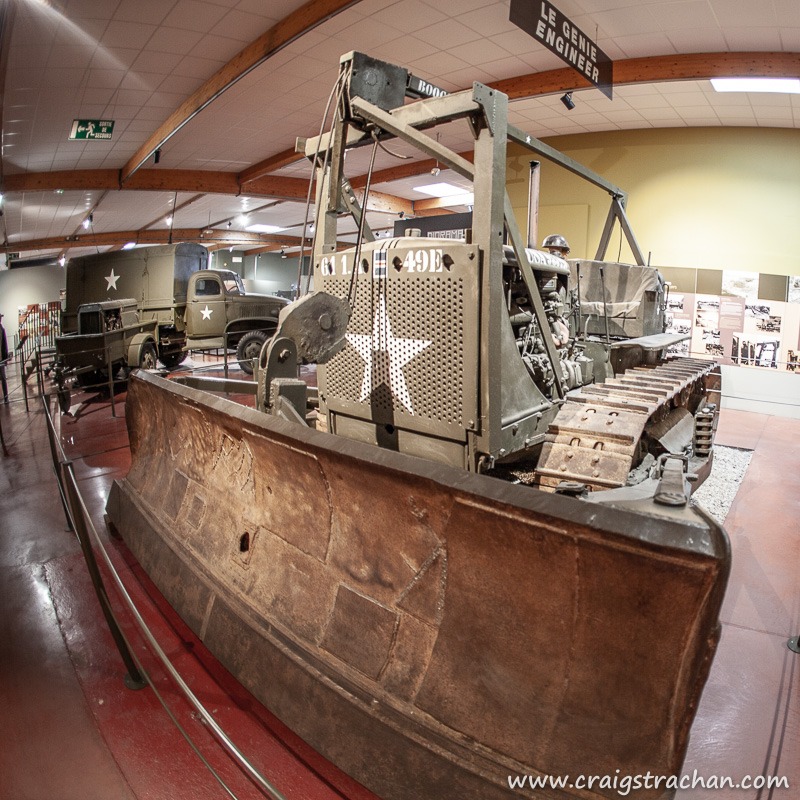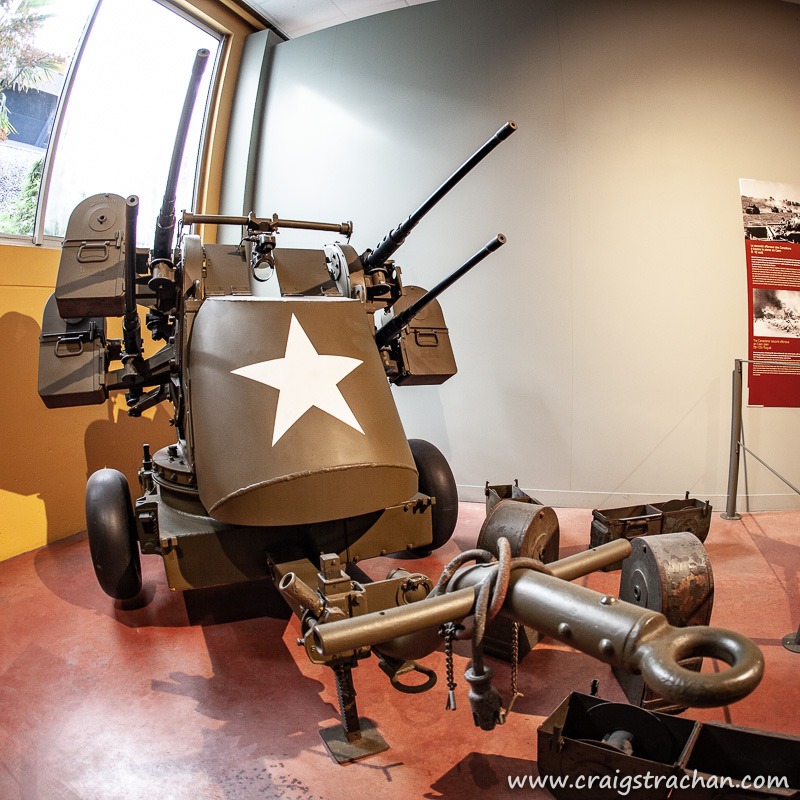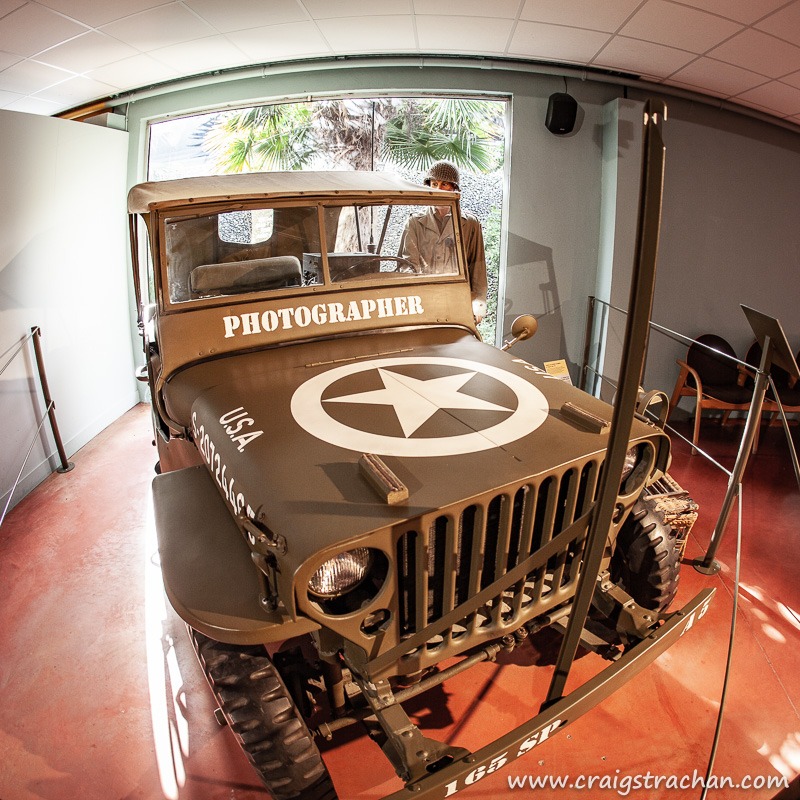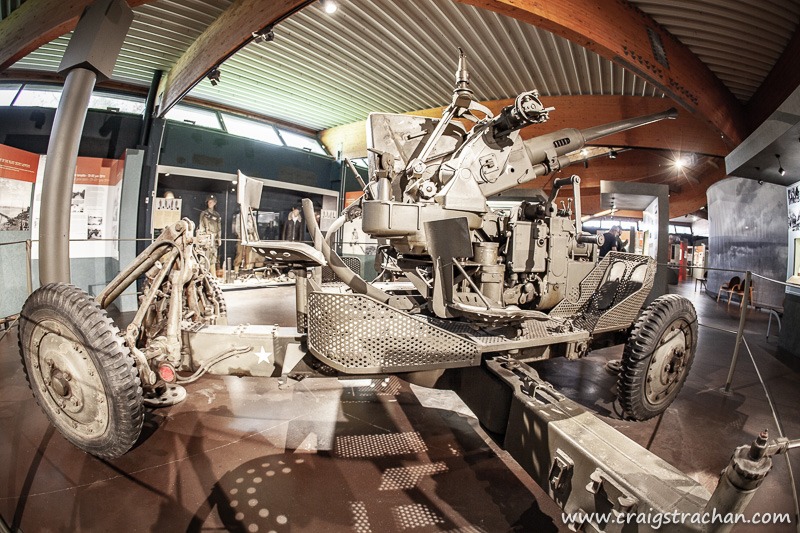These are just a few of the tanks at the Memorial Museum of the Battle of Normandy In Bayeux. I’ll be sharing some photos inside the museum in later posts, but in the meantime here are a few of the tanks on display in the gardens.

Churchill Crocodile flame throwing tank. It was capable of throwing flames to over 100m distance.

Churchill Crocodile flame throwing tank – from the side

M10 tank destroyer, the workhorse tank of the USA army in World War 2.

The very rare Char Grizzly M4A5 Canadian Tank, basically a Canadian Sherman tank. They stopped producing them when they realised the the USA production would be sufficient for the Normandy landings.





































Leave a Comment